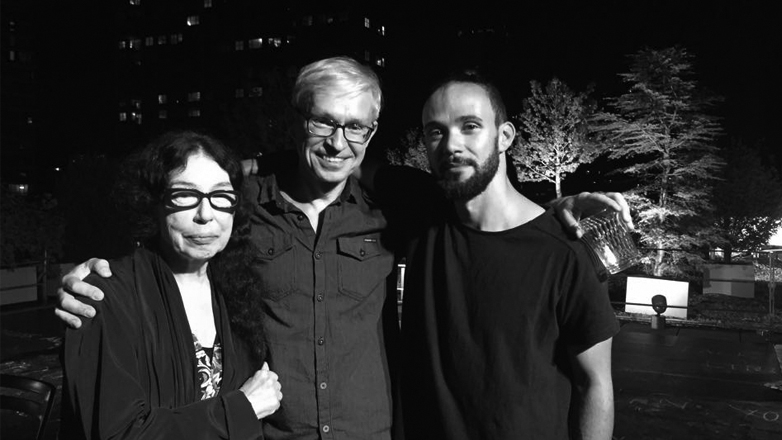*ENGLISH FRIENDLY* Nina Vangeli navštívila New York. Při té příležitosti uspořádala přednášku „Dance in the region between the vampire and the werewolf” o českém tanci. Přinášíme její celý přepis. / Nina Vangeli visit New York last Year. We are bringing transcipt of her Master Lecture about Czech Dance.
The region between the vampire and the werewolf – this is how I term Central Europe. – Dance is the art of the body in space; with the geographic area, the shape of the landscape, its plasticity, its enclosedness or openness, its colour shades, the high or low sky above the land having an effect on the character of dance. And it does not only concern the geographic but also the emotional space, the inner substance of the landscape. The emotional space of the region is formed by historical traumas, as well as myths and legends, and is also moulded by the nature of the climate, which influences the state of mind and expression of the dancers, the shapes and moods of dance. Well, and the dance space of Central Europe lies between the Carpathian Mountains, the birthplace of blood-sucking vampires inhabiting Carpathian castles, and the Sudetenland, an area engendering werewolves, a region in which paranormal phenomena have frequently occurred, and also the place of the still raw trauma of World War II, a source of guilt among the Czechs.
The myths of vampires and werewolves are fables of the body; they are archetypal images of the tension within the body. The legends of vampires sacralise blood as the resource by means of which the body can be restored, youth prolonged. The legends of werewolves are a hypothesis of corporal transformation. The Central European space between the vampire and the werewolf conceals and condenses the boiling magma of symbolical themes. The most distinct trend of the contemporary dance scene in the Czech Republic, physical theatre, harbours – I assume – in its genetic memory this numinous secret of the Central European landscape.
I am talking about the Central European character of contemporary dance so as to highlight that the borders of dance regions are not identical with the political borders. To a significant degree, contemporary dance in the Czech Republic shares the artistic atmosphere of Central Europe, its type of emotionality and expression. My statement of this fact will be followed by presenting the specificities.
ZBYTEK TEXTU NALEZNETE ZDE / YOU COULD FIND REST OF THE TEXT HERE

